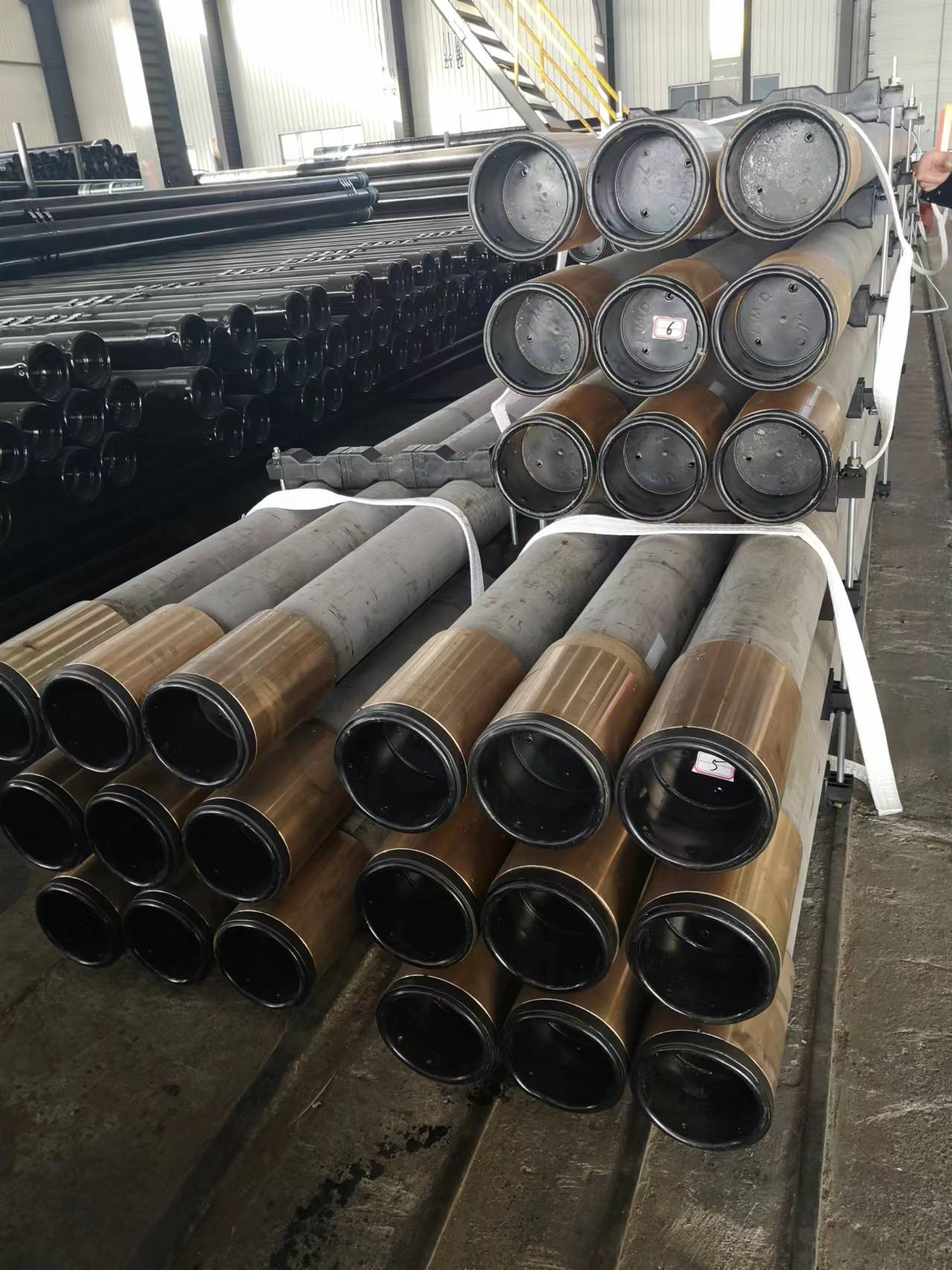- Afrikaans
- Albanian
- Amharic
- Arabic
- Armenian
- Azerbaijani
- Basque
- Belarusian
- Bengali
- Bosnian
- Bulgarian
- Catalan
- Cebuano
- Corsican
- Croatian
- Czech
- Danish
- Dutch
- English
- Esperanto
- Estonian
- Finnish
- French
- Frisian
- Galician
- Georgian
- German
- Greek
- Gujarati
- Haitian Creole
- hausa
- hawaiian
- Hebrew
- Hindi
- Miao
- Hungarian
- Icelandic
- igbo
- Indonesian
- irish
- Italian
- Japanese
- Javanese
- Kannada
- kazakh
- Khmer
- Rwandese
- Korean
- Kurdish
- Kyrgyz
- Lao
- Latin
- Latvian
- Lithuanian
- Luxembourgish
- Macedonian
- Malgashi
- Malay
- Malayalam
- Maltese
- Maori
- Marathi
- Mongolian
- Myanmar
- Nepali
- Norwegian
- Norwegian
- Occitan
- Pashto
- Persian
- Polish
- Portuguese
- Punjabi
- Romanian
- Russian
- Samoan
- Scottish Gaelic
- Serbian
- Sesotho
- Shona
- Sindhi
- Sinhala
- Slovak
- Slovenian
- Somali
- Spanish
- Sundanese
- Swahili
- Swedish
- Tagalog
- Tajik
- Tamil
- Tatar
- Telugu
- Thai
- Turkish
- Turkmen
- Ukrainian
- Urdu
- Uighur
- Uzbek
- Vietnamese
- Welsh
- Bantu
- Yiddish
- Yoruba
- Zulu
Exploring the Benefits of Steel Coupling in Structural Applications and Engineering Design
Understanding Steel Coupling A Critical Component in Structural Engineering
Steel coupling, an essential element in modern structural engineering, plays a pivotal role in enhancing the stability and performance of various constructions, from bridges to high-rise buildings. This article delves into the intricacies of steel coupling, its applications, advantages, and the significance it holds in ensuring the integrity of structures.
What is Steel Coupling?
At its core, steel coupling refers to the use of steel connections or elements that serve to link or join different structural components together. This can involve coupling beams, braces, or reinforcement elements that integrate with other parts of a structure to improve load distribution and resistance to external forces, such as seismic activity and wind loads.
Couplings can come in various forms, including bolted, welded, or forged connections. Each type has its unique advantages and is selected based on specific engineering requirements and design considerations.
Applications of Steel Coupling
Steel coupling is utilized in a wide range of constructions. Some of the most common applications include
1. Buildings In high-rise buildings, steel coupling elements are critical for ensuring lateral stability. They help to transfer loads effectively between floors and provide resistance against shear forces during events like earthquakes.
2. Bridges The design of bridge structures often incorporates steel couplings to enhance the structural integrity needed to withstand heavy traffic loads and dynamic forces.
4. Retrofit Projects In older buildings, steel couplings can be employed to strengthen existing frameworks, making them more resilient to modern load demands and safety codes.
Advantages of Steel Coupling
steel coupling

The use of steel coupling offers several advantages in construction
1. Enhanced Strength and Stability Steel’s inherent properties provide high tensile and compressive strength, making it an ideal material for coupling elements that need to sustain significant loads.
2. Seismic Performance Steel couplings can be designed to absorb and dissipate energy during earthquakes, reducing the risk of structural failure and protecting occupants.
3. Flexibility in Design Engineers can easily incorporate steel coupling into various designs, allowing for innovative architectural solutions that do not compromise structural integrity.
4. Cost-Effectiveness While there is an initial investment in steel materials and fabrication, the durability and low maintenance requirements of steel couplings often lead to cost savings over the lifespan of a structure.
5. Sustainability Steel is a highly recyclable material, making its use in construction an environmentally friendly choice. Employing steel couplings can contribute to the sustainability goals of modern architecture.
Challenges and Considerations
Despite their numerous benefits, the implementation of steel couplings comes with challenges. Proper design and execution are crucial; otherwise, inadequate connections can lead to structural weaknesses. Engineers must account for factors such as material fatigue, corrosion, and the effects of temperature fluctuations on steel.
Moreover, the connection points must be meticulously detailed and inspected to ensure they meet safety standards. The choice between bolted, welded, or fabricated couplings often depends on the specific application and the conditions to which they will be subjected, necessitating thorough analysis by engineers.
Conclusion
Steel coupling is a cornerstone of modern structural design, providing the necessary strength, stability, and versatility required in various engineering applications. Its role in enhancing the performance of buildings, bridges, and industrial structures cannot be overstated. As engineering practices evolve, the use of steel couplings will continue to be integral in creating resilient and sustainable structures that meet the demands of the future. By understanding the applications, advantages, and challenges associated with steel coupling, engineers can better design safe and effective structures that stand the test of time.
-
Tubing Pup Joints: Essential Components for Oil and Gas OperationsNewsJul.10,2025
-
Pup Joints: Essential Components for Reliable Drilling OperationsNewsJul.10,2025
-
Pipe Couplings: Connecting Your World EfficientlyNewsJul.10,2025
-
Mastering Oilfield Operations with Quality Tubing and CasingNewsJul.10,2025
-
High-Quality Casing Couplings for Every NeedNewsJul.10,2025
-
Boost Your Drilling Efficiency with Premium Crossover Tools & Seating NipplesNewsJul.10,2025







